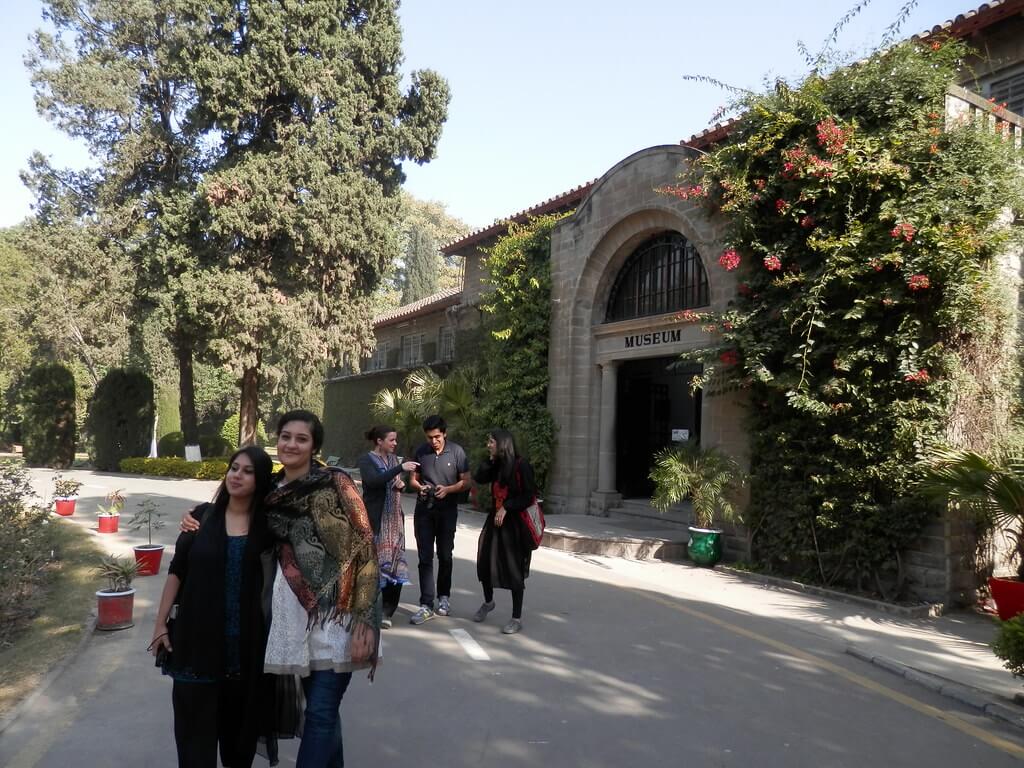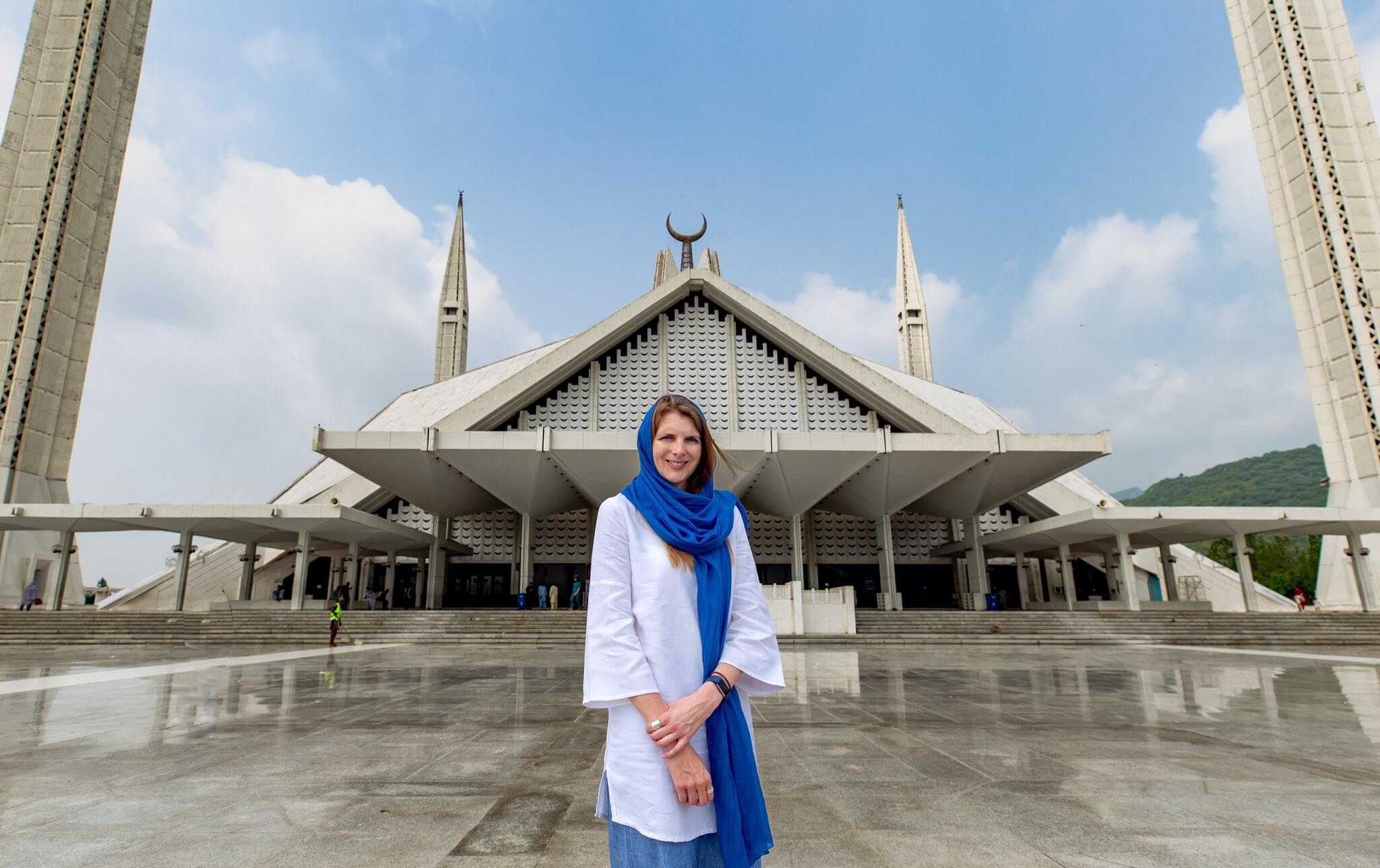Introduction
A traveler in Islamabad dresses modestly and conservatively to respect local customs and traditions. In Pakistani culture, modesty is highly valued, and women are required to cover their bodies, arms, and legs in public. In general, avoid wearing exposing or tight-fitting clothing and instead choose loose, comfortable clothing that covers your entire body. In Pakistan, wearing a burqa is not required, thus you can wear any contemporary outfit that covers your body. Discover how to dress in Islamabad as a tourist
Kurta Shalwar, Kurti with jeans, long-sleeved blouses with pants or jeans, and loose-fitting skirts or tunics with or without jeans or trousers are some outfit alternatives for a female visitor in Islamabad. When visiting mosques (masjids) or other religious sites, it is also a good idea to have a scarf/shawl to cover your head. In general, avoid wearing shorts, tank tops, or other exposing attire in public because it may be deemed insulting or unsuitable in Pakistan.
In addition to dressing modestly, it is essential to be informed of local customs and traditions, as well as to respect the cultural norms of the locations you visit. For example, Handshakes with guys or showing a bear head may be considered impolite in some parts of Pakistan. You may show respect for Pakistani culture and have a more pleasurable and fulfilling travel experience by being cognizant of local traditions and wearing modestly.
What kind of dresses do local women wear?
Women’s clothing fashions differ depending on a variety of circumstances, including age and location. However, Pakistani women, on the whole, dress modestly and conservatively, and they frequently wear loose, comfortable clothes that hide their bodies. Kurta shalwar, Kurti and jeans, Kurti and pants, long shirt and jeans, and so on are the most popular forms of clothing worn by local women in both towns and the countryside. They also use dupattas or shawls for extra covering. These modest garments are simply available from local stores or brands. You’ll fall in love with them once you put them on. Some women cover their heads with a scarf or shawl, especially when visiting holy places or attending religious activities.
Is it mandatory to wear a burqa in Pakistan?
In Islamabad Pakistan, women are not required to wear a burqa. In reality, the burqa is worn by a small percentage of Pakistani women and is not compulsory by law. So, if you follow Pakistan’s cultural norms and customs, you can wear any modest garment without a burqa.
Clothing tips for women
- Clothing for ladies should cover both the shoulders and the knees.
- Wear a cotton shirt or t-shirt with cotton trousers or an ankle-length skirt and a sarong to cover your shoulders.
- Women must wear long skirts or trousers and have covered shoulders while visiting places of devotion (temples, gurudwaras, or mausoleums). Also, remember to remove your shoes before entering any sacred building.
- It is recommended that you bring a light pashmina or scarf to protect your head in case it becomes too hot. Some religious places require you to cover your head, so it may be useful there as well.
Mix and match your clothing with local items
It’s straightforward to pair a kurta with jeans. Of course, the kurta will fall below your hips to be more conservative, but you’ll still have the comfort of jeans (and pockets) that you’re undoubtedly used to.
What to wear in religious sites or mosques in Islamabad
Many mosques will have a notice outside stating that ladies must wear the correct Islamic attire to enter. This implies that your arms, legs, shoulders, and head must all be covered. It’s usually a good idea to have a scarf, although they may frequently be given if you forget to bring one. To cover your head, just drape the scarf over your hair, or tie it up in a top knot so it doesn’t need to be adjusted all the time.
Clothing tips for men
Men have more options on what to dress in Islamabad. In cities, jeans and T-shirts are typical and appropriate; but, during exceptionally hot summers, thick jeans may be a little too hot. Shorts, while not objectionable, are not often worn outside of the more contemporary regions of Islamabad, Karachi, and Lahore.
Outside of big towns, practically all males dress in similar traditional attire, which consists of a long shirt with a grandad-style collar and a loose pant. To be honest, it’s light and rather intelligent. Even in remote regions, most men appear to have their traditional attire in pristine shape and typically ironed. Again, you are not obliged to dress traditionally, and it may not be practical for you, but many people feel that cool textiles are beneficial in the summer. Otherwise, even in rural regions, wearing jeans and a T-shirt will not attract any more attention than you’d anticipate as a visitor.
Does it get cold in Islamabad?
Summer (April to September) is hot, frequently very hot (30 to 50 degrees Celsius) during the day, and remains warm (about 30 degrees) at night. Winter (October to March) is chilly (15 to 25 degrees) during the day and unexpectedly cold at night (sometimes below 10 degrees).




